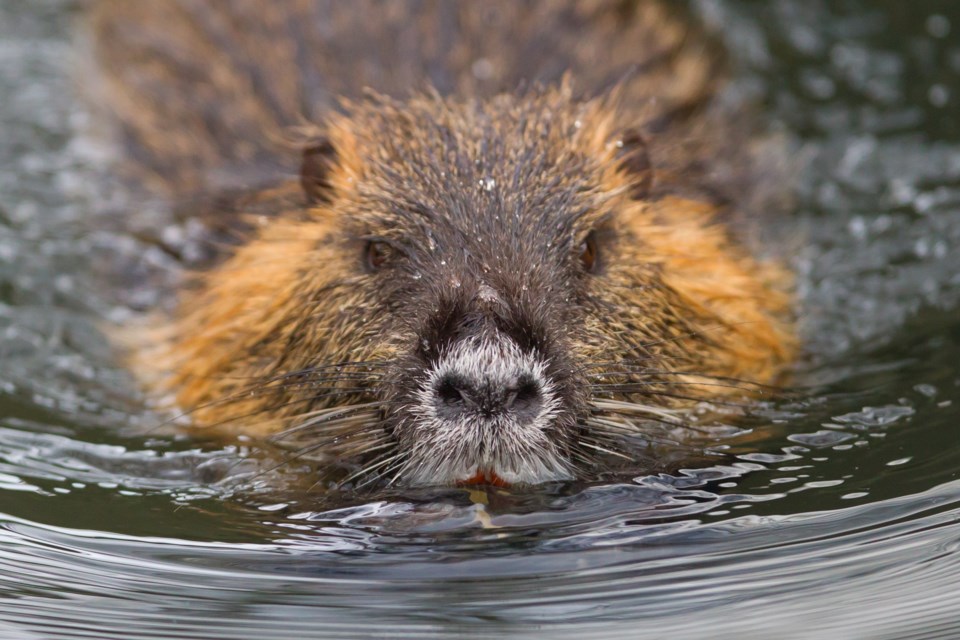Licensed trapping is a long-standing tradition in Ontario that benefits communities and individuals throughout the province.
In Ontario, the trapping season for many species begins in fall and runs through the spring, depending on the species and location, says a news release from the MNRF.
Eighteen fur-bearing species can be legally trapped in Ontario, including beaver, mink, and red fox.
To participate in trapping activities, a trapper must:
- Be an Ontario resident or Canadian citizen
- Possess a valid class H-1 Outdoors Card (hunting-specific) and trapping license
- Complete a mandatory course and pass an examination
- Use traps that are humane and meet international standards set out by the Agreement on International Humane Trapping Standards
- Have landowners' permission to trap on private land or be assigned a registered trapline or another area to trap on Crown land
- Report on the number and type of species trapped.
Ontario encourages trappers to respect other users of recreational spaces and minimize potential capture of unintended animals, including pets.
Pet owners must also prevent pets from wandering off leash in areas inhabited by wildlife as required under the Fish and Wildlife Conservation Act.
Find out more about trapping in Ontario.
